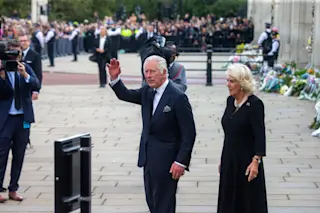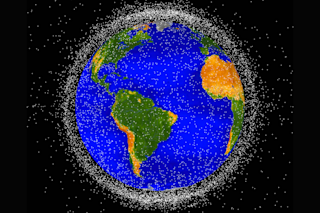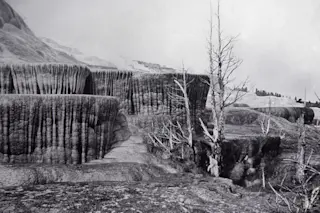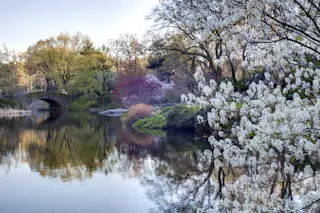Roger Cohn, the editor of Yale Environment 360, conducted an interesting interview with Mary Evelyn Tucker, a scholar who studies the intersection of ecology and religion. This is a perennial interest of mine, even though I'm a life-long atheist. Most people in the world (including many scientists) possess a religious faith or seek out some kind of spiritual connection that can't be satisfied by science. Make of that what you will, but it's a reality that can't be wished, argued, or scornfully waved away. So count me among those who believe that science and religion can coexist. There really is no choice, either; they have to. (Yes, that puts me at odds with folks like Jerry Coyne, and this is something I intend to explore further in the near future.) One reason I say this is that people come at environmental issues and concerns from different places. If your object ...
Can Religion and Science Find Common Ground?
Explore how the 'Journey of the Universe' film connects spirituality and science in addressing the environmental crisis.
More on Discover
Stay Curious
SubscribeTo The Magazine
Save up to 40% off the cover price when you subscribe to Discover magazine.
Subscribe












